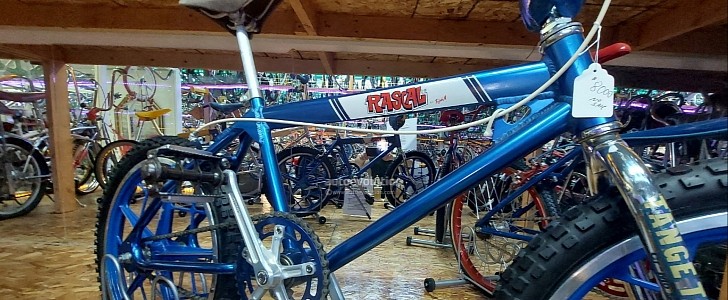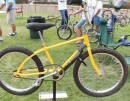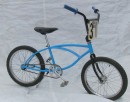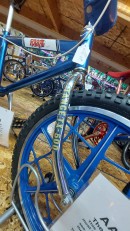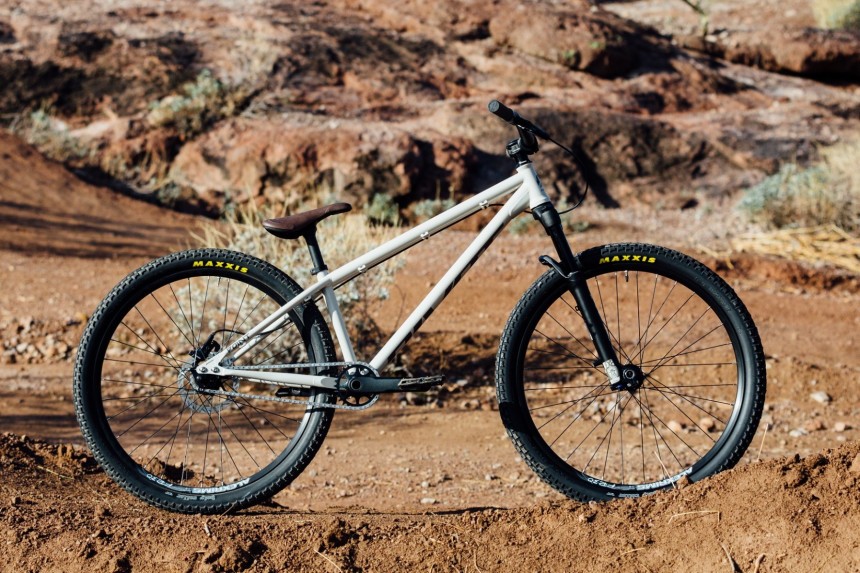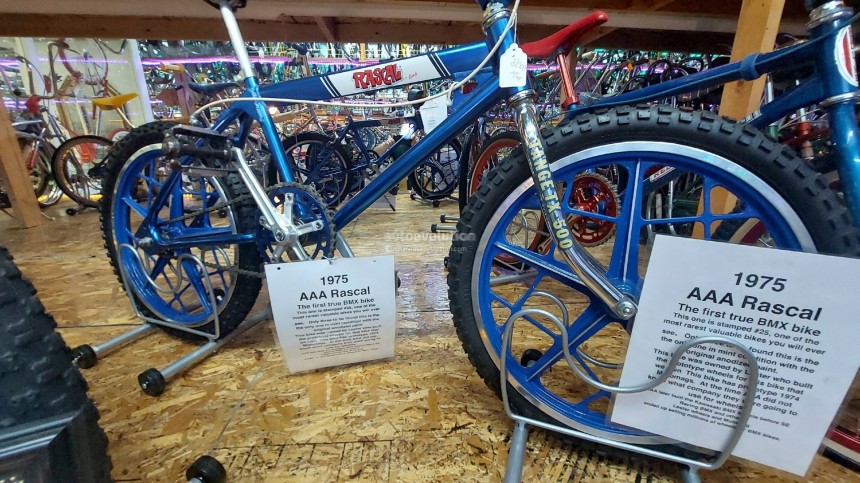If something has wheels, one of the first questions to come to mind is how it'll fare off-road. This seems to be the case even for the timeless bicycle. But no one can pinpoint when modern BMX biking started, so autoevolution made a trip up to Bicycle Heaven for some clarification.
Folks, Bicycle Heaven isn't just some made-up afterlife for bicycles; well, it is an afterlife, but not the way you would expect. This little-known museum in Pittsburgh, Pennsylvania, is home to some of the rarest and mind-blowing bicycles we've seen in a long time. So, what better time than to explore a bit about the 1975 AAA Rascal, a bike considered to be the first to define modern BMX.
If you're the sort of human who likes to get to the bottom of things, that statement is bound to make you feel like digging deeper, and I did; here's what I found. Searching the world's largest knowledge database (Google), I discovered that BMX goes back further than I imagined, and it looks like it got its start in another nation known for its cycling prowess, the Netherlands. Makes sense, really.
However, early BMX racing (1957) isn't what you would imagine, or maybe it is. Just so you can have a clear idea, check out one of the videos below. But to put it in plain words, folks, mainly kids, took out their grandparents' beach cruisers for a spin through off-road landscapes, cargo baskets and all, and even intentionally created jumps and ramps for the thrill of the sport. Just think of the sort of accidents people succumbed to. Eventually, a shift had to happen.
As the popularity of this cycling style grew, it eventually spread to the United States, and it's here that modern BMX (the early 70s) really became what it is. The result? Bicycles like the Rascal, a machine you could tell was built a bit differently than all others before it.
Like anything that grows in popularity, at some point, it's bound to be subject to scrutinous R&D aimed at creating an optimized machine. Back in those days, cycling was turning a corner in terms of development, and the 70s saw the beginning of crews like Cannondale, Specialized, and Trek (in chronological order). It makes sense that BMX bikes would also undergo a shift, and how did they.
No longer would children or even adult riders be subjected to racking the goods on high tub tubes. These bikes were low to the ground, with smaller frames, and relied on longer seat tubes to raise the body into a proper riding position, not to mention standard 20-inch wheels. Because riders were now sitting relatively high up in comparison to the top tube, handlebars needed to be changed and developed to take the abuse of a rider placing all their weight forward on the bike.
Protective padding was also a feature that seems to have been present in the early days and used well into the modern times; my own Huffy was equipped with foam padding like that seen on some of the images in the gallery. If your feet ever slipped off your bike's pedals, there would be some cushion between you and the aluminum frame.
As for the AAA Rascal, it seems to be showcasing all the cues and geometry of BMX bikes you can go out and buy right now. But, while looking into cycling history, I found other machines used for the same purpose produced a few years before the Rascal. Yet, most were experimental designs. I feel it's safe to say that AAA's Rascal can be considered the archetype of modern BMX.
As for my own curiosity, I wanted to see what may have started the BMX craze out in the U.S. and dove deeper. In doing so, I discovered that some folks believe it's because of the opening scenes of On Any Sunday, a movie from 1971. Here, a group of kids is shredding it up, on-road, off-road, any-road, with their favorite steel stallions. Reportedly, they were Schwinn bikes. Yikes on the handlebars!
At the end of the day, cycling is one of those industries where countless designs and projects happen in garages, only to be revealed years later as the egg, or was the chicken? What about you? When do you feel modern BMX started?
If you're the sort of human who likes to get to the bottom of things, that statement is bound to make you feel like digging deeper, and I did; here's what I found. Searching the world's largest knowledge database (Google), I discovered that BMX goes back further than I imagined, and it looks like it got its start in another nation known for its cycling prowess, the Netherlands. Makes sense, really.
However, early BMX racing (1957) isn't what you would imagine, or maybe it is. Just so you can have a clear idea, check out one of the videos below. But to put it in plain words, folks, mainly kids, took out their grandparents' beach cruisers for a spin through off-road landscapes, cargo baskets and all, and even intentionally created jumps and ramps for the thrill of the sport. Just think of the sort of accidents people succumbed to. Eventually, a shift had to happen.
Like anything that grows in popularity, at some point, it's bound to be subject to scrutinous R&D aimed at creating an optimized machine. Back in those days, cycling was turning a corner in terms of development, and the 70s saw the beginning of crews like Cannondale, Specialized, and Trek (in chronological order). It makes sense that BMX bikes would also undergo a shift, and how did they.
No longer would children or even adult riders be subjected to racking the goods on high tub tubes. These bikes were low to the ground, with smaller frames, and relied on longer seat tubes to raise the body into a proper riding position, not to mention standard 20-inch wheels. Because riders were now sitting relatively high up in comparison to the top tube, handlebars needed to be changed and developed to take the abuse of a rider placing all their weight forward on the bike.
Protective padding was also a feature that seems to have been present in the early days and used well into the modern times; my own Huffy was equipped with foam padding like that seen on some of the images in the gallery. If your feet ever slipped off your bike's pedals, there would be some cushion between you and the aluminum frame.
As for my own curiosity, I wanted to see what may have started the BMX craze out in the U.S. and dove deeper. In doing so, I discovered that some folks believe it's because of the opening scenes of On Any Sunday, a movie from 1971. Here, a group of kids is shredding it up, on-road, off-road, any-road, with their favorite steel stallions. Reportedly, they were Schwinn bikes. Yikes on the handlebars!
At the end of the day, cycling is one of those industries where countless designs and projects happen in garages, only to be revealed years later as the egg, or was the chicken? What about you? When do you feel modern BMX started?
